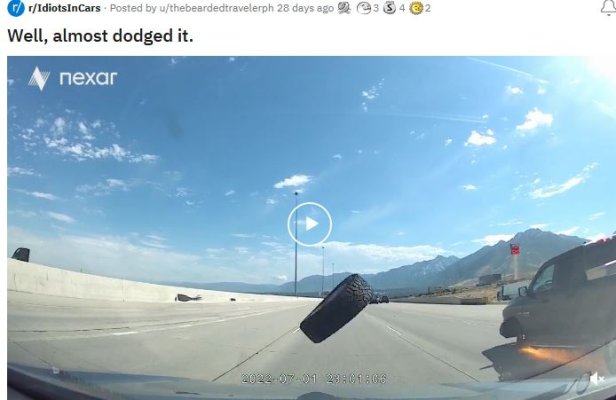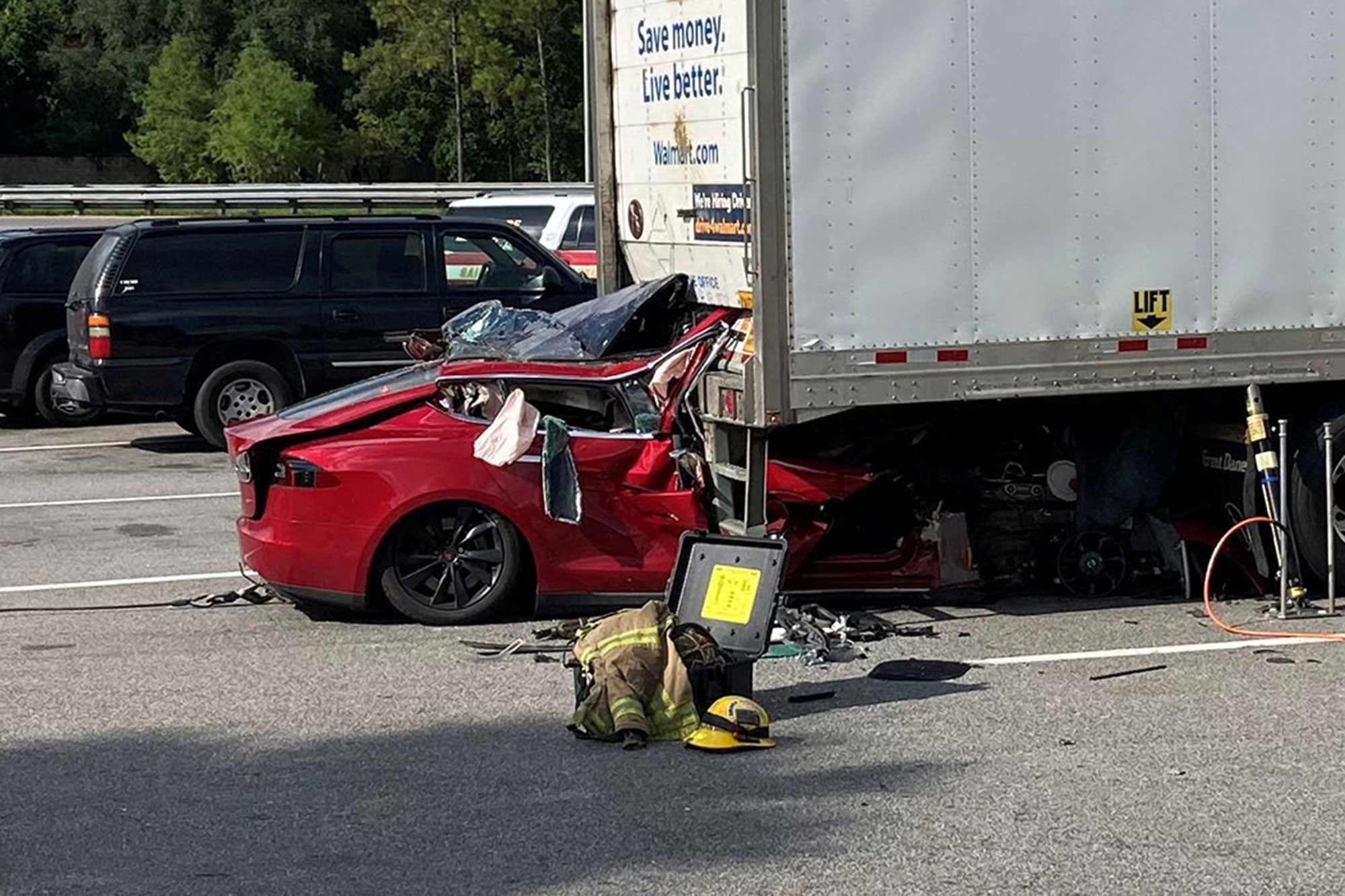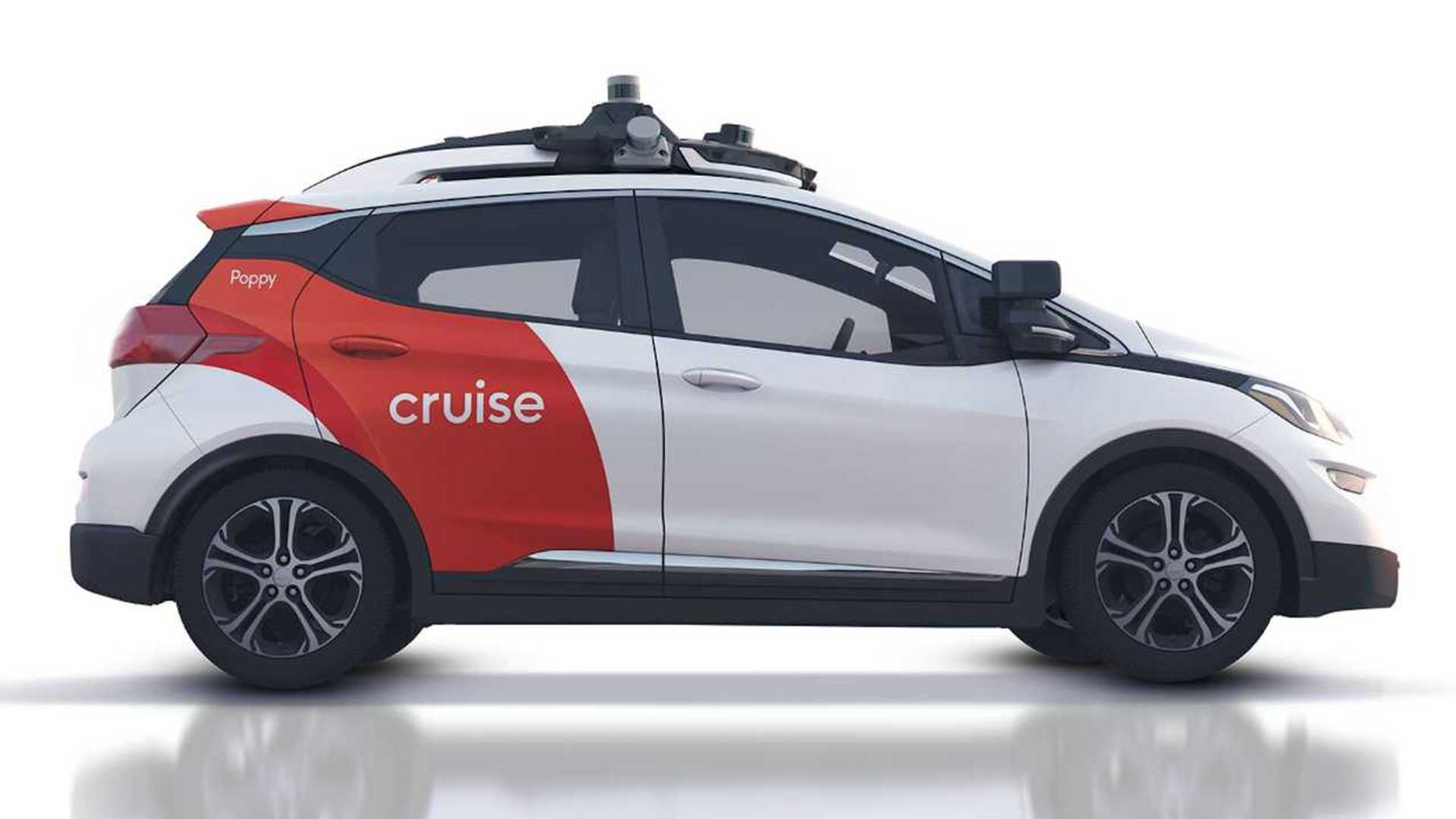NW-Bound
Give me a museum and I'll fill it. (Picasso) Give me a forum ...
- Joined
- Jul 3, 2008
- Messages
- 35,712
Take for example my earlier example of a coffee pot. No coffee pot lasts 1 billion seconds. But when one goes kaput, it usually dies without setting itself on fire.
In the rare case that it does set itself on fire (probably much more likely than 10^-9), we now require smoke alarms in the home. You see, there are backups to provide safety.
Now, you say, but what if the battery of the smoke alarm fails? Yes. In the case of an aircraft system, everything critical is identified and monitored.
OK, suppose the battery is good, but the smoke sensor itself fails. How do we know if it can still detect smoke when it's old?
In the case of an aircraft critical sensor, it would have a built-in test. It's similar to injecting smoke into a smoke sensor to see if the sensor still works.
BIT (Built-in Test) is exercised before each flight. Failure of a critical sensor must be repaired before the aircraft is dispatched. This keeps down the chance of a latent failure (hidden failure that goes undetected for a long time).
In the rare case that it does set itself on fire (probably much more likely than 10^-9), we now require smoke alarms in the home. You see, there are backups to provide safety.
Now, you say, but what if the battery of the smoke alarm fails? Yes. In the case of an aircraft system, everything critical is identified and monitored.
OK, suppose the battery is good, but the smoke sensor itself fails. How do we know if it can still detect smoke when it's old?
In the case of an aircraft critical sensor, it would have a built-in test. It's similar to injecting smoke into a smoke sensor to see if the sensor still works.
BIT (Built-in Test) is exercised before each flight. Failure of a critical sensor must be repaired before the aircraft is dispatched. This keeps down the chance of a latent failure (hidden failure that goes undetected for a long time).
Last edited:



